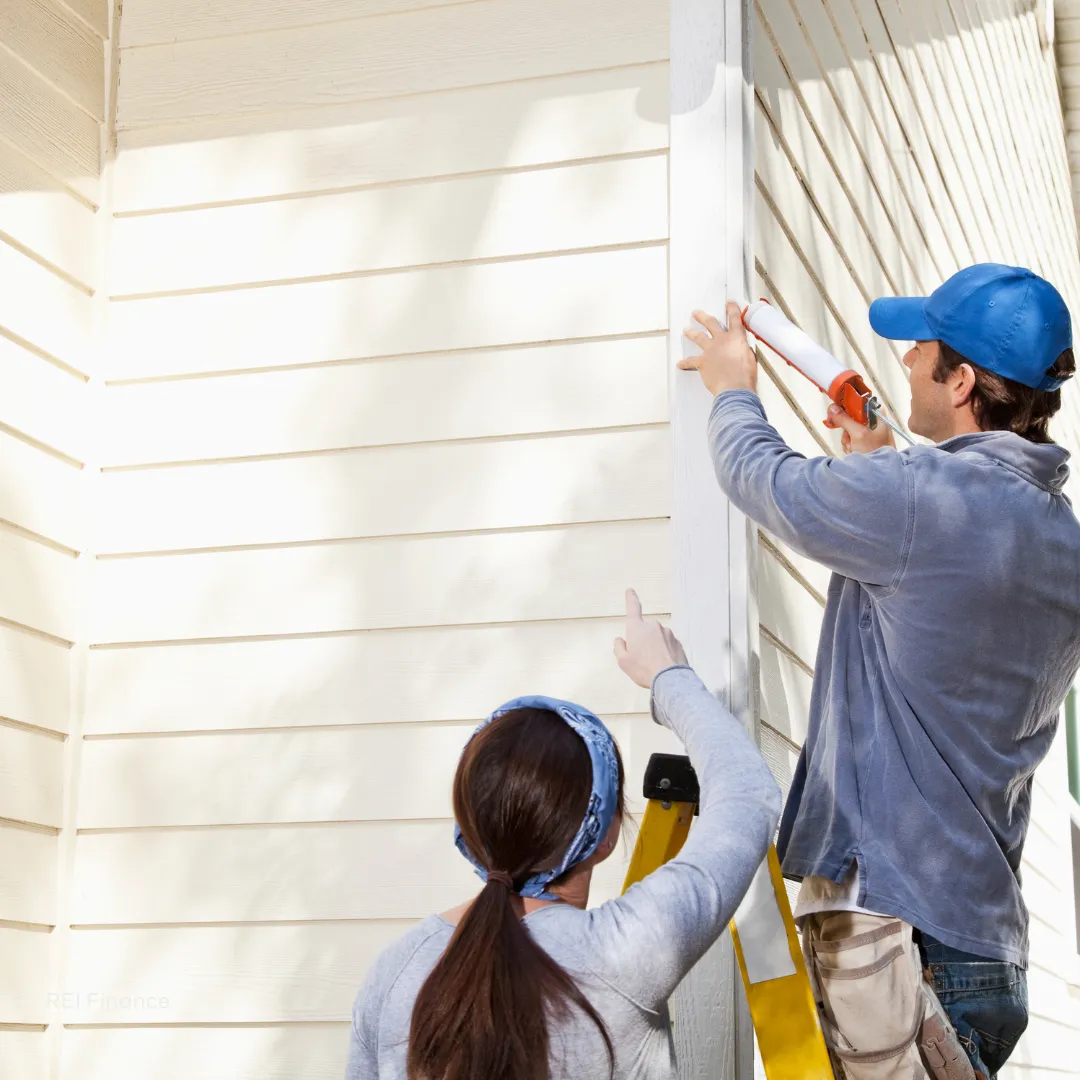
Building a Maintenance Reserve: The Smart Investor’s Guide to Protecting Your Property and Profits
As a real estate investor, one of the most important aspects of managing your properties is ensuring that they remain in good condition, both for your tenants and for your long-term financial success. However, property maintenance and improvements can be unpredictable, which is why having a reserve fund for these expenses is crucial.
A reserve fund is essentially a savings account that is specifically designated for maintenance, repairs, and upgrades. It provides peace of mind and financial security, knowing that you have money set aside for unforeseen expenses or planned improvements.
A lot of times I’m asked, “but how much should I be putting aside in a reserve fund?” The answer to this depends on a couple of factors. Let’s dive into the considerations you should keep in mind when creating a reserve fund for property maintenance and improvements:
1. Assess the Age and Condition of Your Properties

The first step in creating an effective reserve fund is to assess the current condition of your properties. Consider the age of the building. Older buildings or systems may require more frequent repairs or replacements, which means you’ll need to allocate more funds to your reserve.
Key Questions to Ask:
How old is the roof, HVAC system, plumbing, and electrical system?
Are there any areas of the property that have shown signs of wear and tear?
What is the expected lifespan of key systems and components in the property?
Once you have a clear picture of the condition of your property, you can start to gauge what repairs and replacements may be on the horizon both in the short and long term. Don’t forget to update these estimates with changing market conditions (inflation, material/labour shortages etc.)
2. Understand the Costs of Common Property Maintenance and Improvements
It’s essential to have an understanding of the typical costs associated with property maintenance and improvements. While every property is different, there are some common expenses that you can plan for. This might include:
Routine maintenance: Landscaping, pest control, cleaning, and janitorial services.
Minor repairs: Plumbing leaks, appliance malfunctions, or electrical issues.
Major repairs and replacements: Roof replacement, HVAC system repairs, and structural issues.
Upgrades: Kitchen or bathroom remodels, new flooring, or exterior paint.
The more accurate you are in estimating these costs, the better prepared you will be to handle them without disrupting your cash flow.

3. Set Aside a Percentage of Rental Income
A common practice for investors is to set aside a percentage of their rental income specifically for the reserve fund. Typically, this is between 5% and 15% of the monthly rental income, but this can vary depending on the age and condition of your property, as well as the local market conditions.
For example, if you collect $5,000 in rent each month, setting aside 10% ($500) for maintenance and improvements would give you $6,000 over the course of a year. This amount will grow over time, and you’ll have a reliable fund to cover repairs, replacements, and improvements when needed.
4. Plan for Both Planned and Unplanned Expenses and/or Emergencies
While routine maintenance and planned improvements are relatively predictable, unforeseen expenses can arise at any time. These might include natural disasters, emergency plumbing issues, or other unexpected damages that require immediate attention.
To cover these potential emergencies, consider adding a buffer to your reserve fund. A good rule of thumb is to have enough money in the reserve to cover at least one major unexpected expense—such as an emergency repair or replacement of a critical system (e.g., HVAC or plumbing). This ensures that you’re not caught off guard if something goes wrong unexpectedly.
5. Regularly Re-evaluate Your Reserve Fund

Your property and its needs will evolve over time. To ensure that your reserve fund remains adequate, you should re-evaluate it regularly. Every year, review your property’s condition, any improvements made, and the state of your reserve fund.
If you’ve made significant improvements, you may find that the reserve needs to be adjusted, either increased or decreased. For instance, after replacing an old HVAC system, you may no longer need to set aside as much for repairs in that area, freeing up money for other needs.
A well-funded reserve for maintenance and improvements is essential for the long-term success of any real estate investment. By assessing the age and condition of your property, estimating common maintenance costs, setting aside a percentage of rental income and re-evaluating over time, you’ll be well on your way to building a reliable fund that will protect your investment and keep your properties running smoothly.
If you’re new to this type of forward thinking and planning, this is the type of value REI Finance provides to our clients. Managing the numbers behind someone's business is not only about looking at past performance, it’s also about looking ahead and being proactive about your financial situation. This way you are better prepared and can adjust early rather than later. If you’re interested in this type of foresight for your business to save you time, money and headaches, book a Discovery Call with us today!